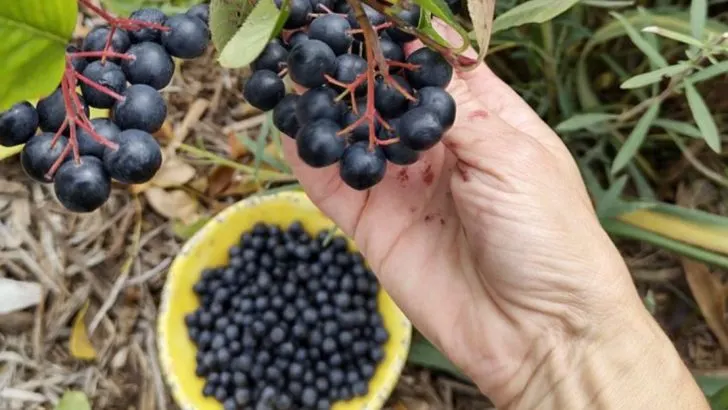Blueberries may get all the attention, but they’re far from the easiest — or most productive — berry you can grow. In fact, there are many lesser-known berries that offer larger yields, greater resilience, and less maintenance, making them ideal for both beginner and seasoned gardeners.
In this article, we introduce 15 underused berry plants that consistently outperform blueberries when it comes to harvest size and ease of care. From hardy shrubs to fast-spreading vines, these overlooked fruits are flavorful, nutritious, and often better suited to a variety of climates and soils.
Discover new berry favorites that may just become the most rewarding plants in your garden.
Aronia Berry
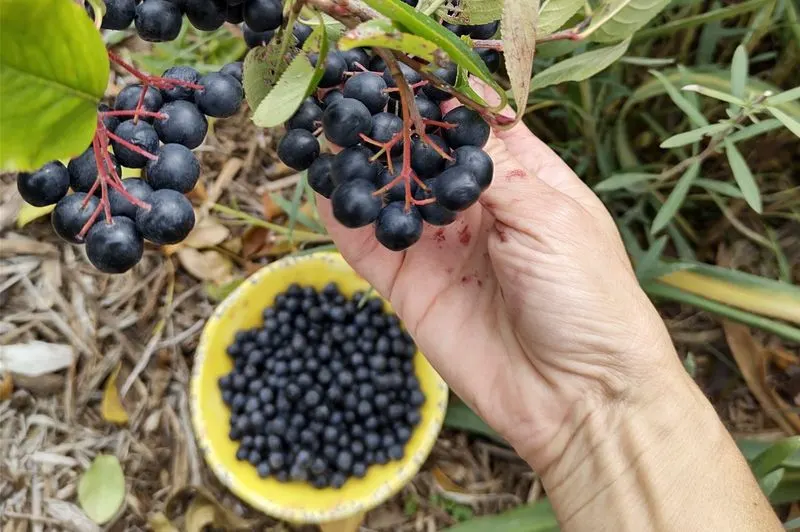
Aronia berries, also known as chokeberries, pack a punch with their vibrant color and robust flavor. Often found in the wild, these berries are easy to cultivate in home gardens. They thrive in various soil conditions and require minimal maintenance, making them an excellent choice for those looking to enhance their garden’s productivity. Aronia berries are not just about quantity; they offer rich nutritional benefits, including high antioxidant levels. Their adaptability and resilience make them a top contender in the world of underused berries.
Goji Berry
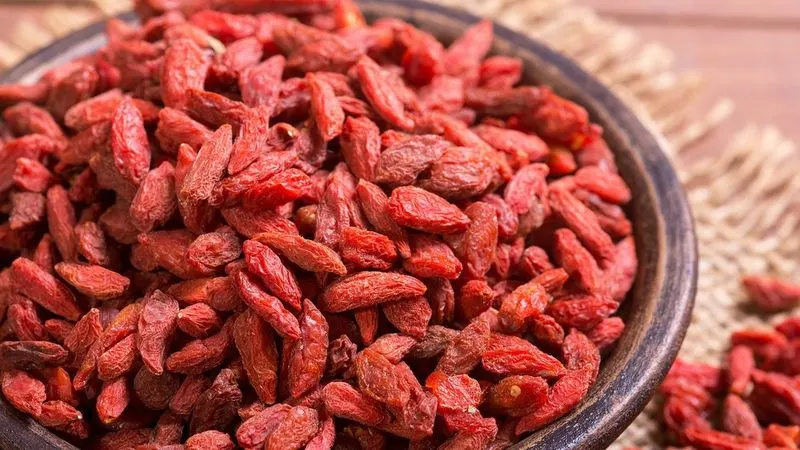
Known for their superfood status, goji berries are surprisingly easy to grow. These bright red berries flourish in well-drained soil and full sun, making them a suitable addition to diverse climates. Their sweet and slightly tart flavor adds a unique twist to any dish. Goji berries are celebrated for their numerous health benefits, including boosting immune function and improving skin health. With minimal care, these berries produce an abundant harvest, making them a gardener’s delight. Their vibrant color and nutritious profile set them apart from your average berry.
Honeyberry
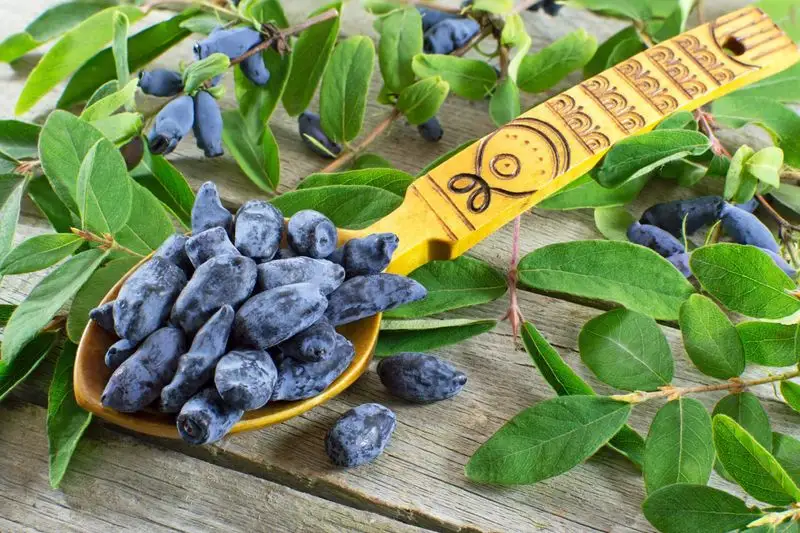
Honeyberries, or haskaps, offer an unexpected burst of flavor reminiscent of blueberries with a hint of tartness. These hardy plants thrive in colder climates and are perfect for northern gardeners. Their elongated blue fruits are not only delightful to the palate but also rich in vitamins and antioxidants. Honeyberries require minimal pruning and care, making them an easy addition to any garden. With their early ripening season, they provide a fresh taste of summer when most berries are still weeks away from harvest.
Jostaberry
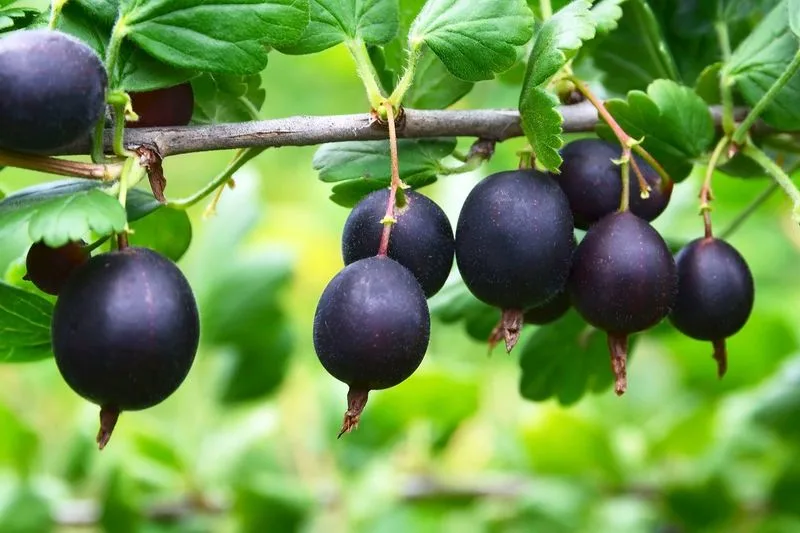
A cross between blackcurrant and gooseberry, jostaberries bring together the best of both worlds. These berries are easy to grow and resist common pests and diseases. The rich, tart flavor of jostaberries makes them a favorite for jams and desserts. They flourish in a range of soil types and climates, offering a reliable harvest with little effort. Their robust nature and high yield potential make them a standout choice for gardeners seeking something different. The jostaberry’s unique lineage adds intrigue to any berry patch.
Lingonberry
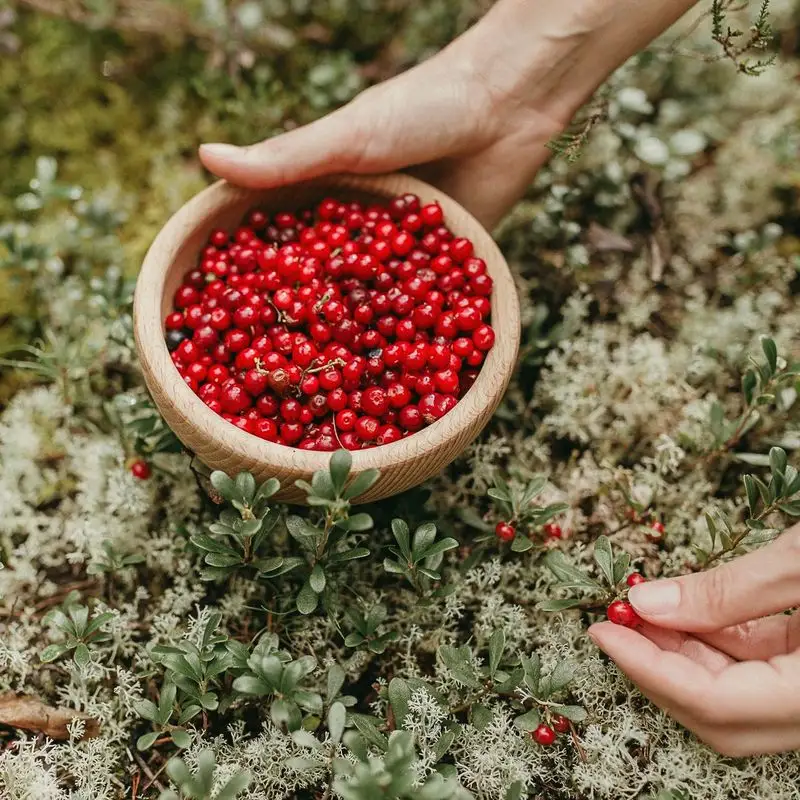
Lingonberries might be small in size, but they pack a mighty punch in terms of flavor and nutrition. Popular in Scandinavian cuisine, these berries thrive in acidic, well-drained soils and are tolerant of colder climates. Their tartness complements both sweet and savory dishes, making them highly versatile. Lingonberries are low-maintenance compared to many other fruit-bearing plants, providing a steady yield year after year. Their evergreen leaves offer year-round beauty, adding to their appeal beyond just the berry harvest.
Mulberry
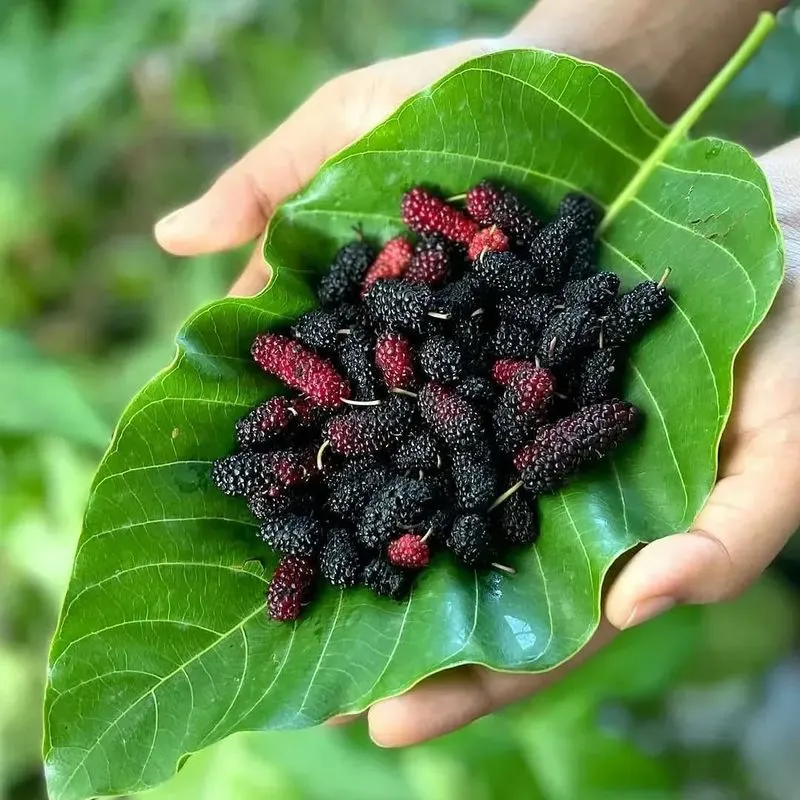
Mulberries are a hidden gem in the berry world, producing an abundance of sweet, juicy fruits. These trees are incredibly easy to grow and adapt well to various soil types. Mulberries are often overlooked due to their size, but the payoff comes with their plentiful harvest. The berries are perfect for fresh eating, baking, or making wine. Mulberry trees require little maintenance and even provide shade, making them a multifunctional addition to any garden. Their generous fruiting and versatile use make them a remarkable choice.
Serviceberry
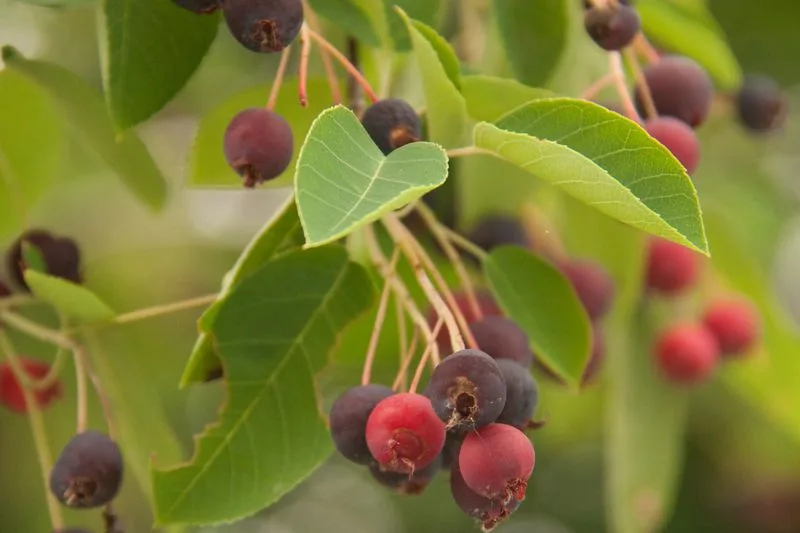
Serviceberries, also known as juneberries, are beloved for their early bloom and sweet taste. These shrubs are easy to grow and adapt well to different environments, from urban gardens to wild landscapes. Their berries are small but packed with flavor, offering a delightful blend of apple and blueberry notes. Serviceberries not only attract humans but also birds and pollinators, enhancing the biodiversity of your garden. These plants deliver more than just fruit; they bring beauty and ecological benefits throughout the year.
Cornelian Cherry
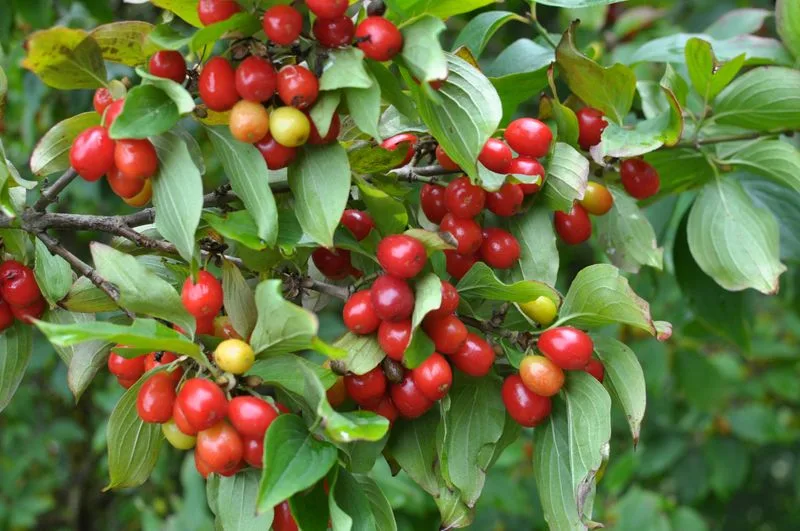
The cornelian cherry may not be a true cherry, but its vibrant red fruits certainly make an impression. This small tree or large shrub is highly ornamental and easy to care for. Cornelian cherries thrive in many soil types and provide a rich harvest of tart berries. These fruits are excellent for preserves and add a unique flavor to culinary creations. Their early spring blossoms also make them a favorite among gardeners looking to add color to their landscape. A cornelian cherry tree is a captivating choice.
Elderberry
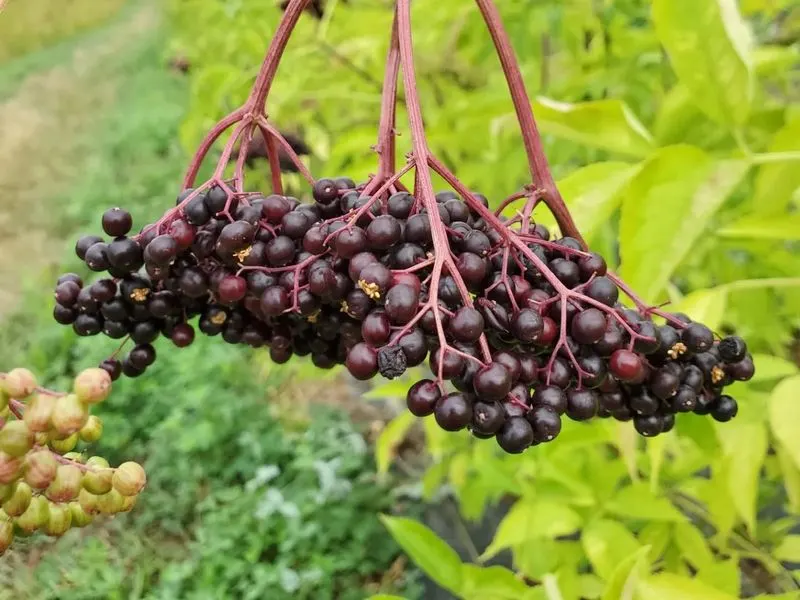
Elderberries have long been treasured for their medicinal properties and unique taste. These shrubs are hardy and can grow in a variety of conditions, from damp meadows to dry hillsides. Elderberries require minimal care and produce clusters of small, dark fruits that are perfect for syrups and wines. Their blossoms are just as valuable, often used in teas and herbal remedies. The elderberry’s versatility and ease of cultivation make it a valuable addition to any garden, offering both beauty and bounty.
Chokecherry
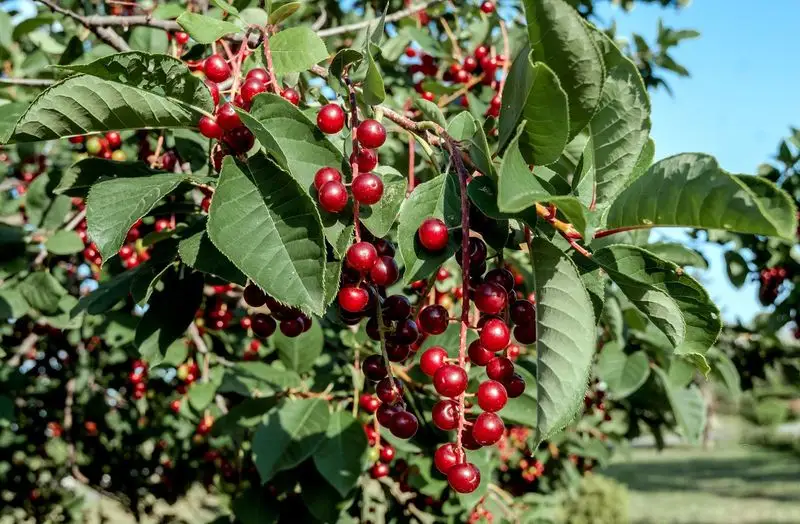
Chokecherries might be more common in the wild, but they deserve a spot in cultivated gardens as well. These hardy trees yield small, tart berries that are ideal for making jellies and syrups. Chokecherries thrive in a range of conditions, from open fields to shaded areas. Their berries may require a bit of sweetening, but the effort is worth the unique flavor they provide. Beyond their fruit, chokecherries also contribute to the landscape with their striking foliage and charming blossoms.
Currant
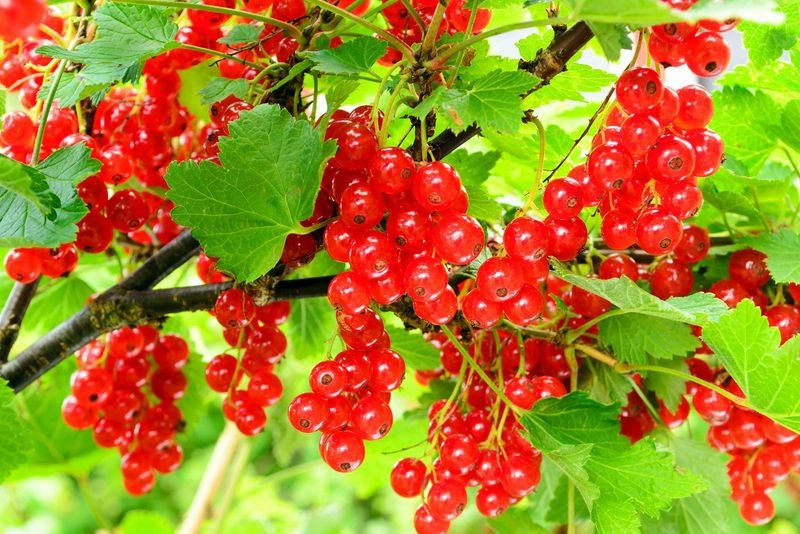
Currants are small but mighty, offering a burst of flavor that’s both tart and sweet. These berries are incredibly easy to grow and thrive in cooler climates. Currants are perfect for making jams, jellies, or simply enjoying fresh. They require minimal maintenance and can even tolerate some shade, making them versatile for various garden settings. The appeal of currants goes beyond their taste; their attractive bushes add visual interest to any garden. With their high yield and adaptability, currants are a delightful choice.
Cloudberry
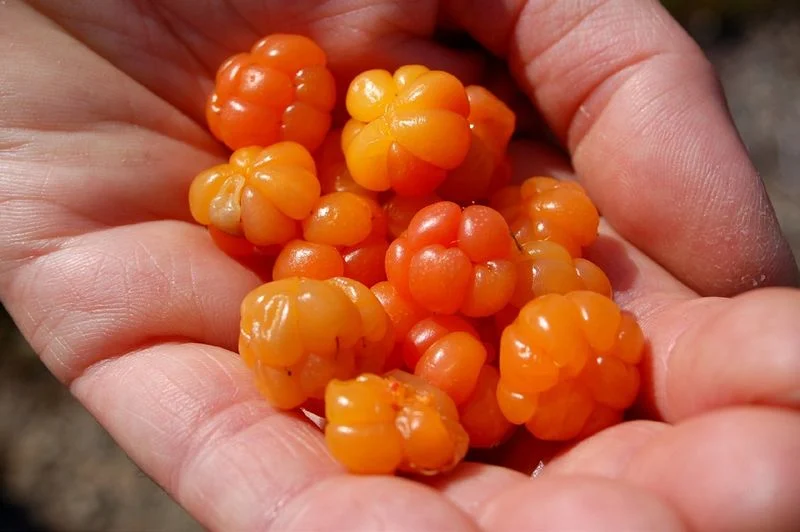
Cloudberries bring a touch of the exotic to the garden with their distinctive amber fruits. Found naturally in peat bogs and marshes, they can be cultivated in the garden with the right conditions. Cloudberries are prized for their unique flavor, reminiscent of apples and honey. These berries may be a bit finicky to grow, requiring acidic soil and plenty of moisture, but the reward is a rare delicacy. Cultivating cloudberries offers a piece of the wild, adding intrigue and uniqueness to your berry collection.
Nannyberry
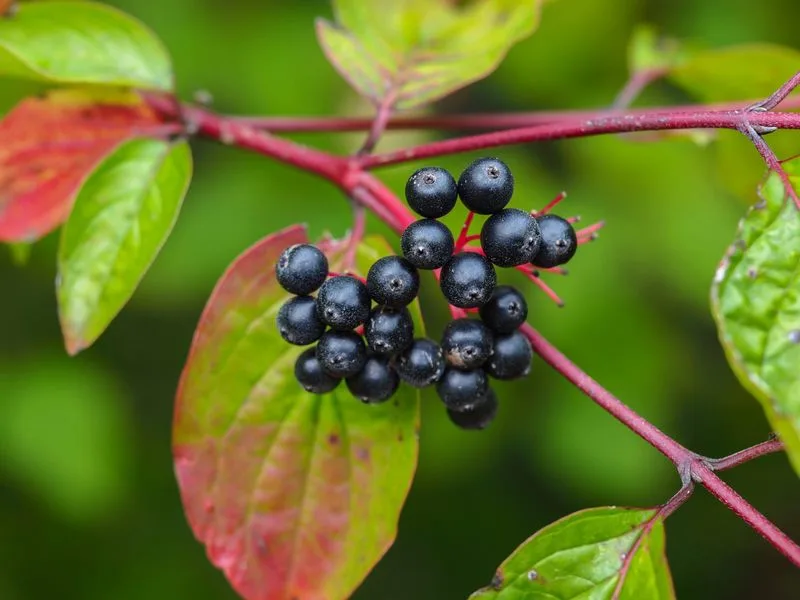
Nannyberries, part of the viburnum family, are as versatile as they are attractive. These shrubs produce clusters of edible, sweet-tart berries that are perfect for jams and jellies. Nannyberries are hardy and can grow in a wide range of soil types, including wet and dry conditions. Their adaptability makes them a reliable choice for gardeners seeking low-maintenance plants with high yields. Besides fruit, nannyberry shrubs also provide seasonal interest with their colorful foliage and flowers.
Strawberry Tree
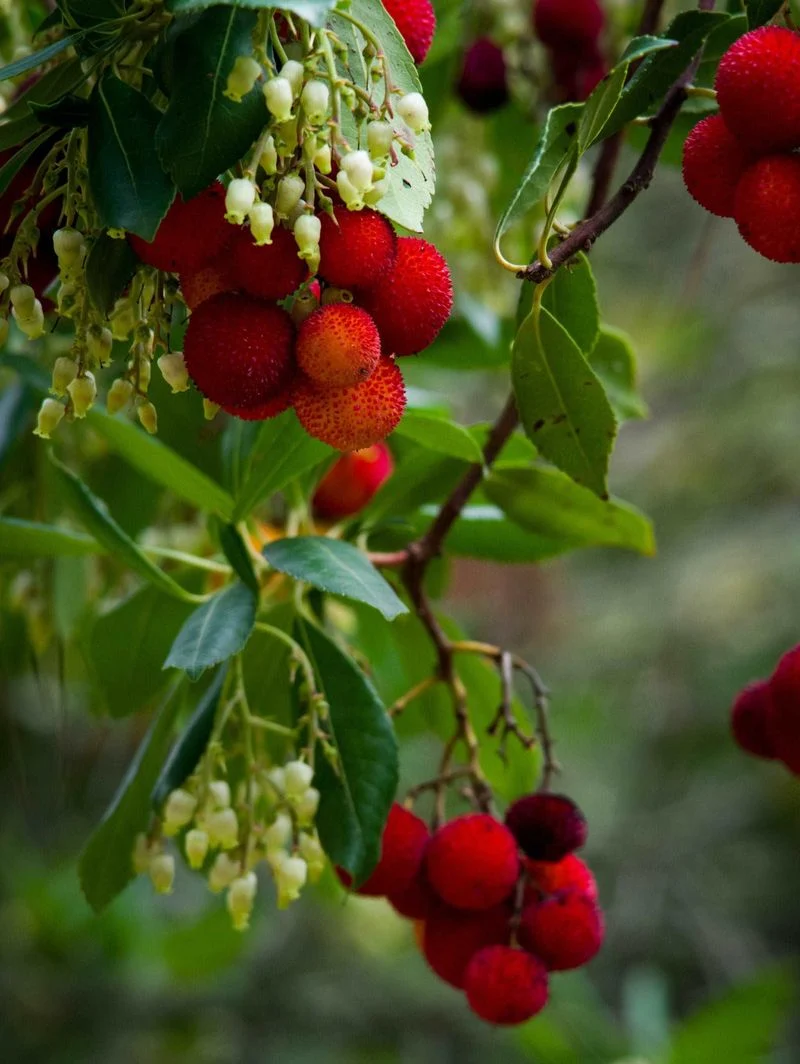
Despite its name, the strawberry tree isn’t related to strawberries, but its charming fruits are a sight to behold. This evergreen shrub produces red, bumpy fruits that resemble strawberries in appearance. The fruits have a sweet and mildly tart flavor, perfect for jams or fresh eating. Strawberry trees are drought-tolerant and thrive in various soil types, making them a valuable addition to Mediterranean-style gardens. Both their fruit and ornamental value make them a desirable choice for garden enthusiasts.
Autumn Olive
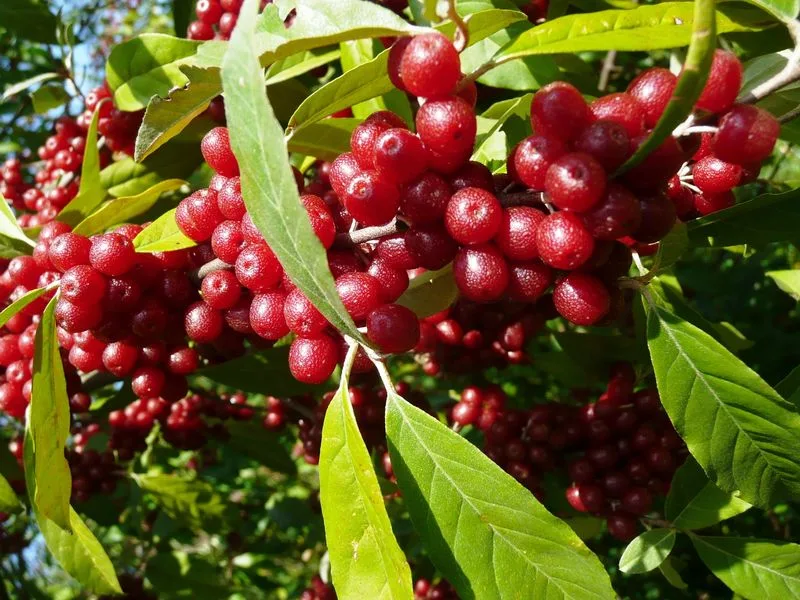
Autumn olive might sound unassuming, but it’s a powerhouse of productivity. This shrub is known for its small, red, nutrient-rich berries that mature in fall. Autumn olives thrive in poor soils and require little care, making them perfect for less-than-ideal garden spots. The berries are tart and can be used in jams, juices, or simply enjoyed fresh. Beyond their culinary uses, these shrubs improve soil fertility by fixing nitrogen, adding ecological benefits to their appeal. Autumn olive is a resilient and rewarding choice.

